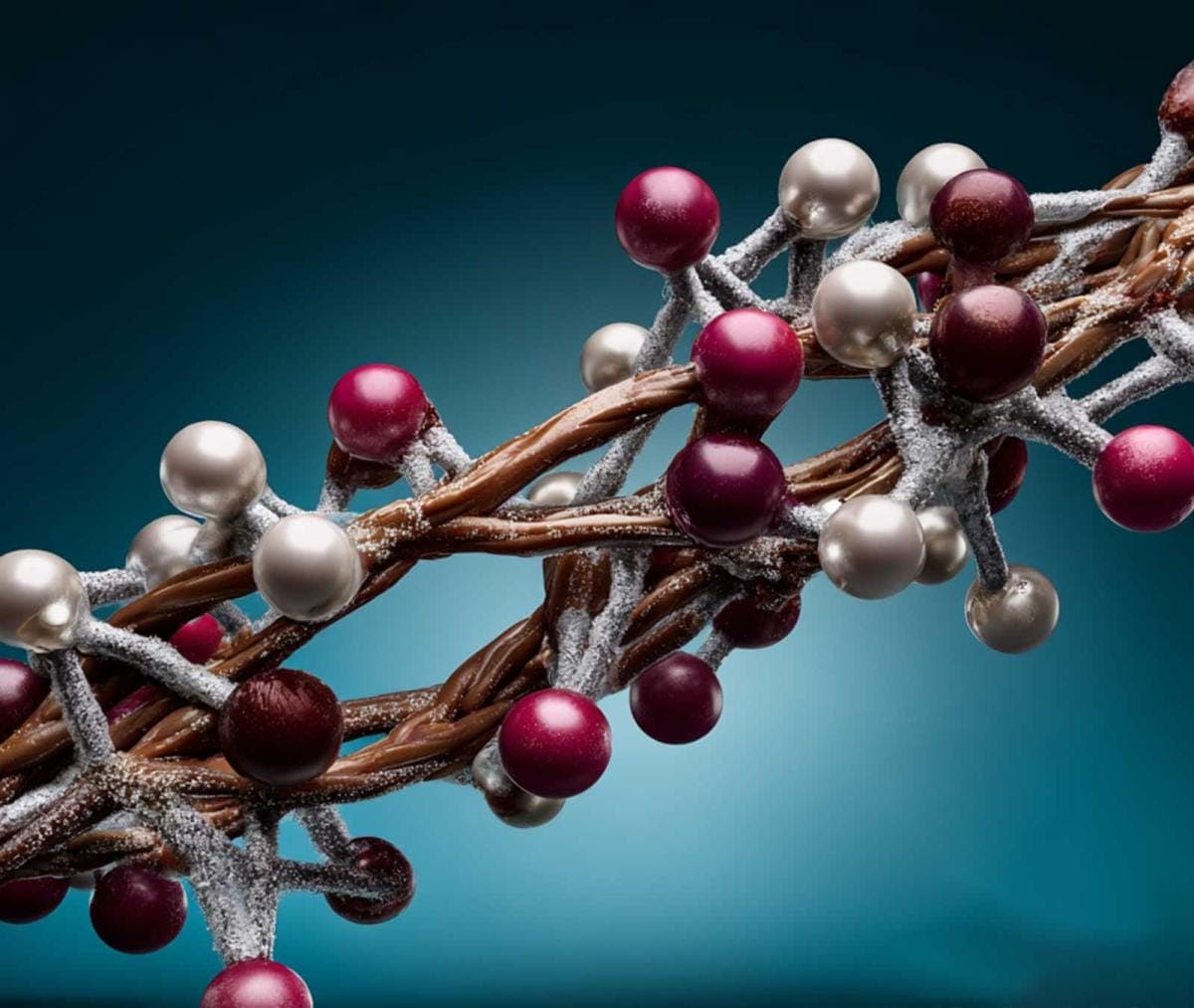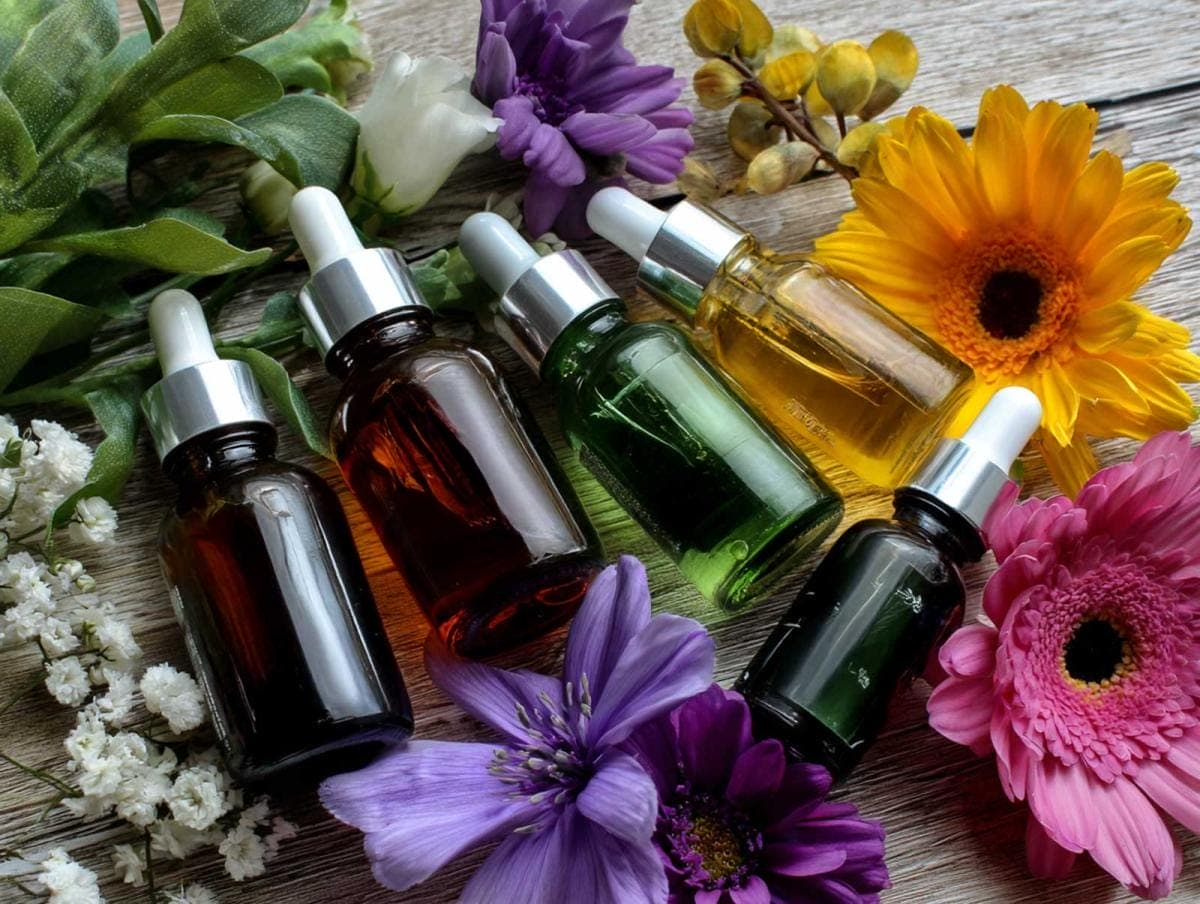If you click on links we provide, we may receive compensation.
You might not think twice about that morning muffin or afternoon soda. But your skin does. Behind the scenes, sugar is binding to your collagen and elastin – the very fibers that keep your skin firm, smooth, and elastic. The result? Sagging, dullness, and stubborn wrinkles. That’s glycation. And if your skincare routine isn’t addressing it, you’re missing a major part of the aging puzzle. Here’s how it works – and how to fight back.
What Is Glycation and Why Does It Age Your Skin?
Glycation is a natural metabolic process. It happens when excess sugars in your bloodstream bind to proteins or fats without the help of enzymes. This sugar-protein fusion forms advanced glycation end products, or AGEs. And once AGEs form, they’re hard to break down. Worse, they change the structure and function of whatever they attach to.
In your skin, the main targets are collagen and elastin. These are the building blocks that give your skin strength, bounce, and resilience. But when they get stiff and brittle from glycation, skin starts to sag, wrinkle, and lose its glow.
AGEs don’t just sit there, either. They also trigger oxidative stress and chronic inflammation – two more enemies of youthful skin. And they make collagen more prone to damage from UV rays and pollution. In short: more sugar, more AGEs. More AGEs, faster skin aging.
What Causes Glycation in Skin?
You’re always producing some AGEs as part of normal metabolism. But several factors accelerate this process and push glycation into overdrive. The biggest? Diet.
High blood sugar spikes from sugary drinks, processed carbs, and excessive snacking flood your system with glucose and fructose. These sugars rapidly latch onto collagen. Fructose is especially damaging – up to 10 times more likely to cause glycation than glucose.
Other causes include:
- Smoking: Tobacco smoke is full of reactive compounds that promote glycation and impair skin repair.
- UV radiation: Sun exposure not only breaks down collagen, but it also accelerates AGE formation.
- Stress: Chronic stress hormones may increase blood sugar and inflammation; both linked to glycation.
- Aging: Your body becomes less efficient at clearing AGEs as you get older.
It’s also worth noting that AGEs can come from food itself. Grilled, fried, roasted, and processed foods – especially meats and cheeses – are packed with dietary AGEs. Once absorbed, they add to the body’s burden.
What Does Glycation Look Like on the Skin?
You won’t see glycation happening in real-time. But over months and years, its effects show up plainly:
- Loss of skin firmness and elasticity
- Deeper wrinkles, especially in smile zones
- Yellowish, dull, or uneven skin tone
- Dry, rough texture
- Slower healing and visible inflammation
- Sagging cheeks or jowls
One clinical clue? The yellowing effect. As AGEs accumulate, they can make skin look sallow or waxy – not just aged, but unhealthy.
AGEs can also impair blood flow in skin tissues, reducing nutrient delivery and waste removal. That’s one reason skin affected by glycation looks tired, congested, or slow to recover.
Can Glycation Be Reversed?
Not entirely. Once a protein is glycated, it’s usually damaged for good. But that doesn’t mean you’re stuck. You can slow the process, prevent further damage, and support your skin’s ability to repair.
There are three main strategies:
- Lower sugar exposure to reduce new AGE formation
- Use anti-glycation ingredients in your skincare
- Stimulate collagen renewal and skin repair
Let’s take these one by one.
Step One: Lower the Sugar Load
Cutting back on sugar isn’t just good for your waistline. It’s the most powerful move you can make to protect your skin from glycation.
Here’s what helps:
- Avoid high-glycemic carbs (white bread, pasta, sugary snacks)
- Choose whole grains and fiber-rich foods to slow sugar absorption
- Limit soda, fruit juice, and sweetened drinks
- Be mindful of hidden sugars in sauces, condiments, and packaged foods
- Pair carbs with protein or healthy fat to blunt blood sugar spikes
You don’t need to eliminate carbs altogether. But keeping your blood sugar stable keeps AGE formation in check. This is especially crucial if you have prediabetes or insulin resistance, which can accelerate glycation dramatically.
Bonus tip: intermittent fasting or time-restricted eating may also help reduce glycation by lowering average blood sugar levels and boosting cellular repair.

Step Two: Add Anti-Glycation Skincare
Not all skincare tackles glycation directly – but the best products now include ingredients that do.
Look for these proven anti-glycation compounds:
Carnosine: This natural dipeptide (a combo of two amino acids) helps block sugar from binding to collagen and neutralizes free radicals triggered by AGEs. It’s one of the most studied and effective glycation-fighters in skincare.
Aminoguanidine: One of the earliest compounds shown to inhibit AGE formation. While it’s more commonly studied in medical settings, some advanced skincare formulas include it for its protective effects.
Niacinamide (Vitamin B3): It helps improve skin texture and tone, reduces inflammation, and may lower oxidative stress related to AGEs.
Green tea extract (EGCG): This antioxidant powerhouse helps prevent glycation and limits inflammation.
Alpha-lipoic acid: Another strong antioxidant that’s shown potential in preventing or reducing AGE formation.
Resveratrol: Found in grapes and red wine, resveratrol helps activate the SIRT1 gene – linked to longevity and improved collagen preservation.
Centella Asiatica (Gotu Kola): Supports collagen production and skin healing while calming inflammation that AGEs can trigger.
Peptides: Especially ones that support collagen renewal, like Matrixyl 3000 or copper peptides, help counteract the stiffening effects of glycation.
These ingredients are most effective when used consistently in serums, creams, or ampoules. Some professional anti-aging lines are now formulating products specifically to address glycation.
Step Three: Support Skin Regeneration
Once glycation has damaged collagen, the next best move is to encourage your skin to rebuild. That means activating fibroblasts – the cells that make fresh collagen and elastin.
Here’s what helps:
Vitamin C: A classic for good reason. Vitamin C is essential for collagen synthesis and also acts as an antioxidant to counter AGE-related stress.
Retinoids (retinol, retinaldehyde, retinoic acid): These vitamin A derivatives increase collagen production and accelerate skin renewal.
Exfoliation: Regular use of alpha-hydroxy acids (like glycolic or lactic acid) or enzyme exfoliants helps remove glycated, damaged surface cells and stimulates new growth.
Microneedling: This professional treatment creates micro-injuries that prompt deeper collagen production, improving elasticity and smoothing glycation wrinkles over time.
LED light therapy (especially red or near-infrared): Helps energize skin cells, reduce inflammation, and support collagen remodeling.
Hydration: Glycated skin tends to be drier, rougher, and more fragile. Use humectants like hyaluronic acid and panthenol to restore moisture balance and cushion aging skin.
Lifestyle Changes That Make a Difference
Your daily habits shape how much glycation your skin faces. While you can’t stop it completely, the right lifestyle choices can reduce its speed and severity.
- Wear sunscreen daily. UV exposure accelerates both glycation and AGE-related damage. Broad-spectrum SPF 30 or higher is your first defense.
- Get enough sleep. Sleep is when your skin repairs itself. Poor sleep increases stress and inflammation, both of which can worsen glycation.
- Move your body. Exercise improves circulation, regulates blood sugar, and helps reduce inflammation – all key to fighting glycation.
- Stay hydrated. Water keeps your skin plump and elastic. Dehydration worsens the appearance of glycation-damaged skin.
- Limit alcohol. Booze is sugar in disguise. It also dehydrates and promotes oxidative stress.
- Quit smoking. If you needed another reason – smoking both promotes glycation and weakens the skin’s ability to repair, it.

Are There Professional Treatments for Glycation?
Yes – and they’re getting better.
Many skin clinics now offer treatments that specifically target glycation’s effects. Here are a few options:
Fractional laser therapy: Promotes new collagen growth and reduces wrinkling and sagging from glycation.
Radiofrequency treatments (RF): RF devices heat the lower dermis, stimulating collagen remodeling without damaging the surface.
Ultrasound-based lifting (like Ultherapy): Uses focused ultrasound to tighten deeper layers of skin – great for sagging caused by damaged collagen.
Chemical peels: Depending on the depth and acid used, peels can improve tone, texture, and mild glycation damage.
PRP (Platelet-Rich Plasma): Uses growth factors from your own blood to stimulate collagen and healing in glycated skin.
These aren’t miracle cures. But combined with a solid home routine, they can make a real dent in glycation’s visible effects.
How Long Does It Take to See Results?
Treating glycation is a slow game. Since the damage happens gradually, reversing its effects takes patience.
Most people see improvements in tone, texture, and firmness within 6–12 weeks of a good anti-glycation routine. But for deeper sagging or wrinkles, you may need 3–6 months or longer.
Consistency matters more than intensity. A daily habit of smart skincare and steady sugar control adds up over time.
Can Younger People Get Glycation?
Yes – and they often do without realizing it. A 22-year-old on a high-sugar, high-stress diet can show early signs of glycation before traditional aging kicks in. That includes dullness, early loss of bounce, and uneven tone.
If you start early with prevention, your skin will thank you. Glycation is one of those things that’s far easier to prevent than undo.
FAQs
Is glycation worse than sun damage?
They’re different but equally bad for skin. UV damage breaks down collagen with free radicals. Glycation stiffens and distorts it from the inside. When combined, they accelerate aging dramatically.
Do AGEs only affect the skin?
No. AGEs are linked to aging and disease throughout the body – including diabetes, heart disease, and Alzheimer’s. Skin is just one of the most visible places you see their effects.
Does collagen supplementation help?
Maybe. Some studies show that hydrolyzed collagen supplements can improve elasticity and hydration, which may help offset damage. But they won’t directly prevent glycation.
Are natural sweeteners safer?
Some, like stevia or monk fruit, don’t spike blood sugar and are less likely to drive glycation. But others, like agave or honey, still contain sugars that can glycate proteins.
Can I test my AGE levels?
There are now skin fluorescence tests and blood tests that can measure AGE accumulation. These are mostly used in medical research but may become more common over time.
The UnSweet Path Forward
Glycation is the hidden sugar damage that ages your skin from within. It makes collagen rigid, skin dull, and wrinkles deeper. But it’s not a lost cause. By limiting sugar, upgrading your skincare, and supporting collagen repair, you can slow glycation’s effects and rebuild a firmer, brighter complexion. Your skin doesn’t forget what you feed it. But it can forgive – with time, care, and the right approach.




